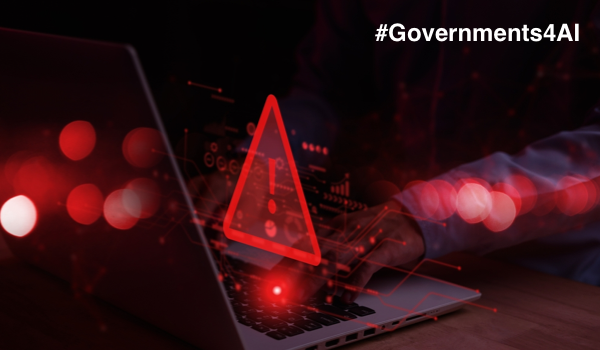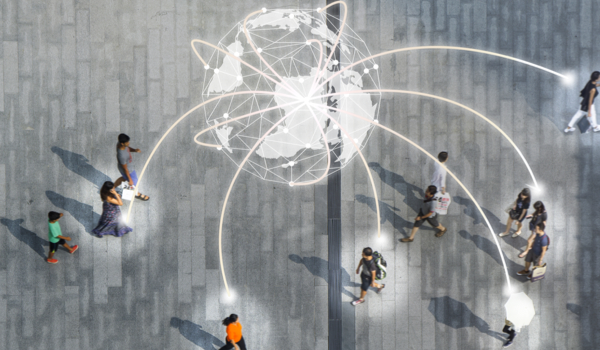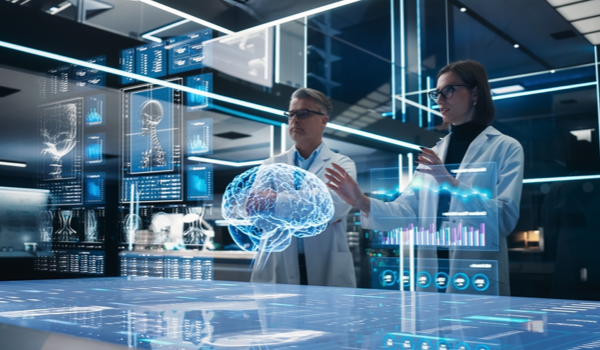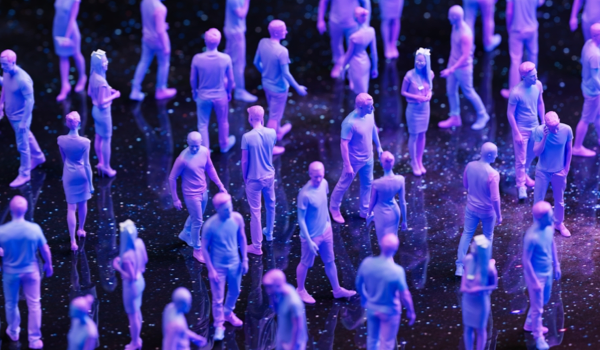


MUMBAI - The world’s smartest horse was known as Clever Hans for a reason. Just as people nowadays ‘ask Google,’ people in Berlin in the late 19th century would ask Hans questions like ‘How much is three plus four?’ In response to this question, Hans’ hoof would tap seven times. He could tell a person the day of the week by tapping on a custom-built letter board, and could even answer questions that humans could not, such as: ‘In my mind, I have a number. I add five and subtract four. What is the number?’ Again, Hans’ hoof would give the correct answer. Hans’ trainer Wilhelm von Osten - a math teacher fascinated with animal intelligence - explained that he taught Hans much as one would a child.
For years, the world was in awe. Eventually, scientists figured out his secret: Hans was reading the subtle gestures and expressions from questioners, e.g., when Hans began his tapping in response to the question ‘How much is three plus four,’ the questioner would tense up when Hans reached the seventh tap and then stop.
Artificial intelligence (AI) is the 21st century’s version of Clever Hans. Like him, people anthropomorphize AI and call it ‘he,’ ‘she,’ or ‘they,’ while ascribing to it fanciful abilities and motivations it does not actually possess. Like with Hans, there is proof. Generative AI (GenAI) writes like Shakespeare, draws like Van Gogh, and does science like Einstein. What is surprising, though, is that while with Hans it took years for people to figure out how he did it, with AI one already knows what is going on: AI regurgitates people’s work to throw adaptations or extend established logic in new ways. People know this because they built AI that way from the ground up. Despite the black box problem of sometimes trying to decipher the ‘how’ of an AI system’s conclusion, people know the operations of AI’s logical pathways. AI is a machine, not a mind, after all.
Every GenAI system takes endless
The content herein is subject to copyright by The Yuan. All rights reserved. The content of the services is owned or licensed to The Yuan. Such content from The Yuan may be shared and reprinted but must clearly identify The Yuan as its original source. Content from a third-party copyright holder identified in the copyright notice contained in such third party’s content appearing in The Yuan must likewise be clearly labeled as such. Continue with Linkedin
Continue with Linkedin
 Continue with Google
Continue with Google









 961 views
961 views









2024-01-06